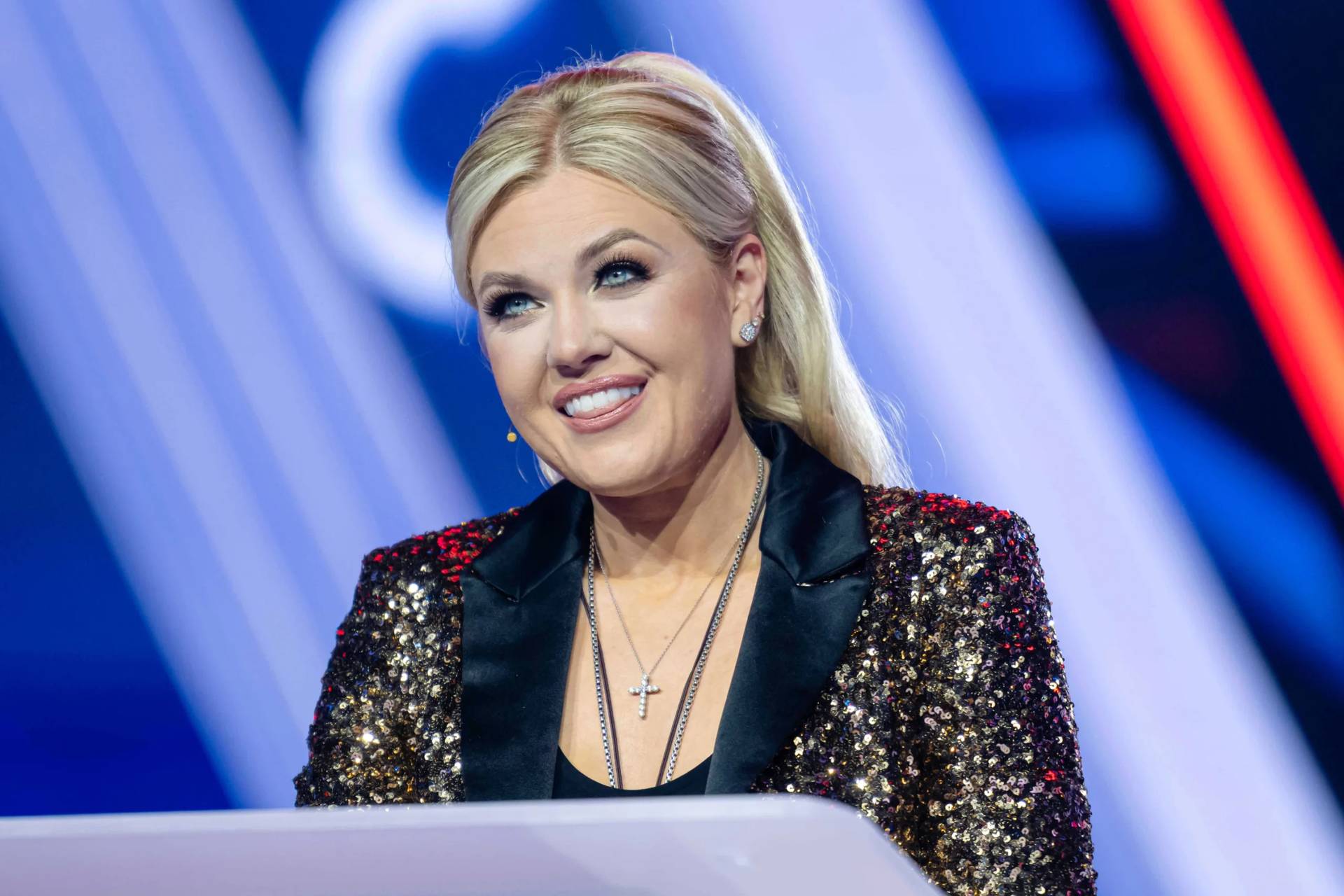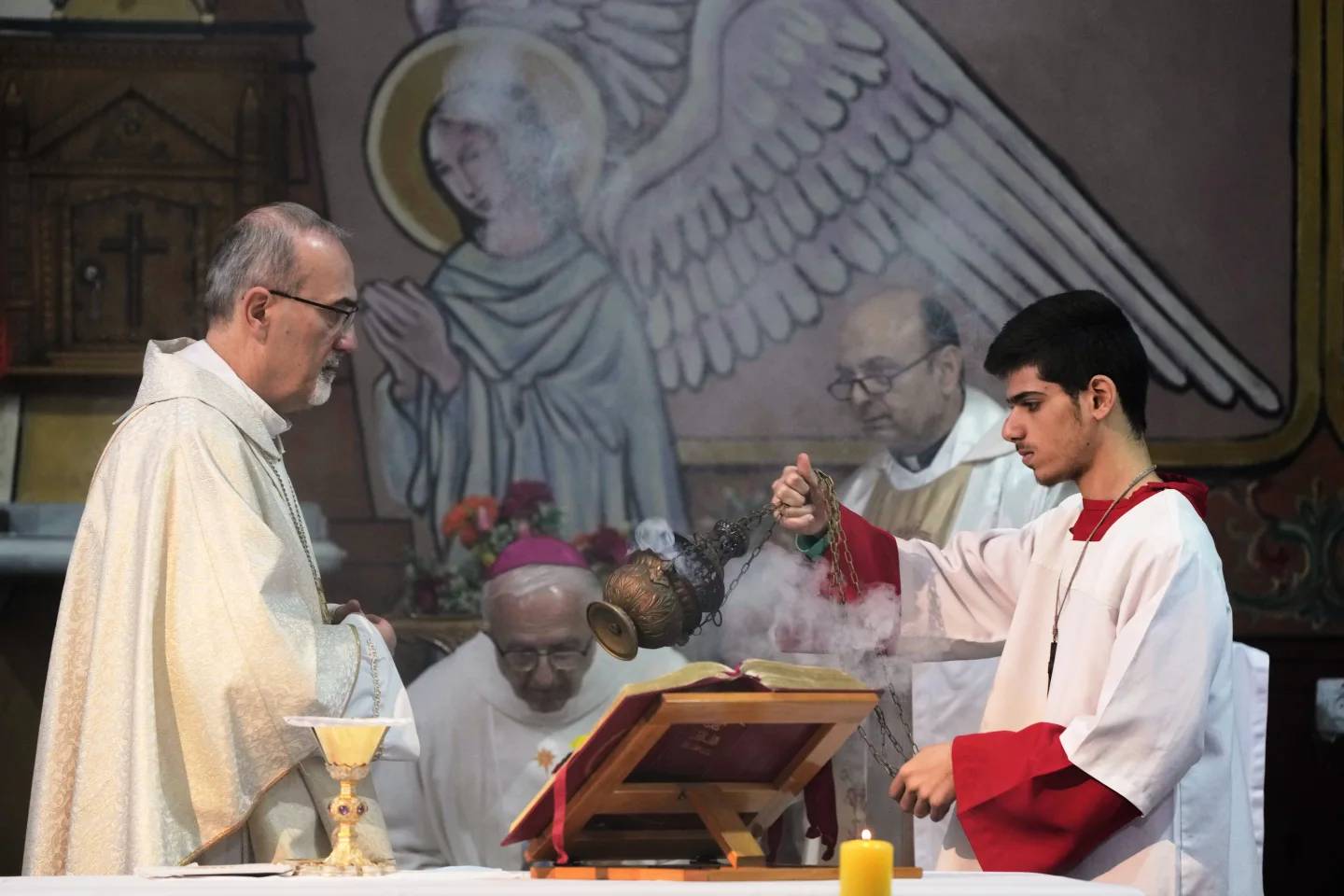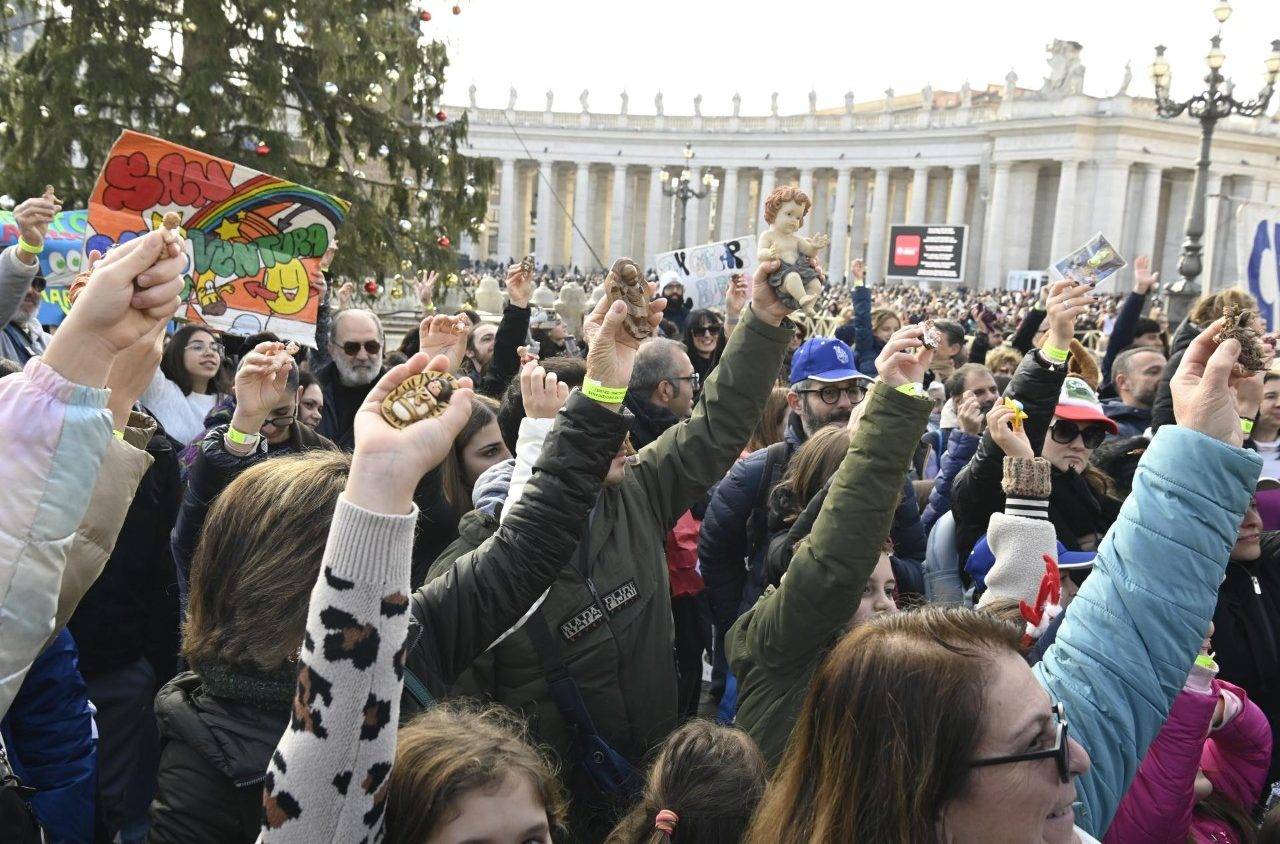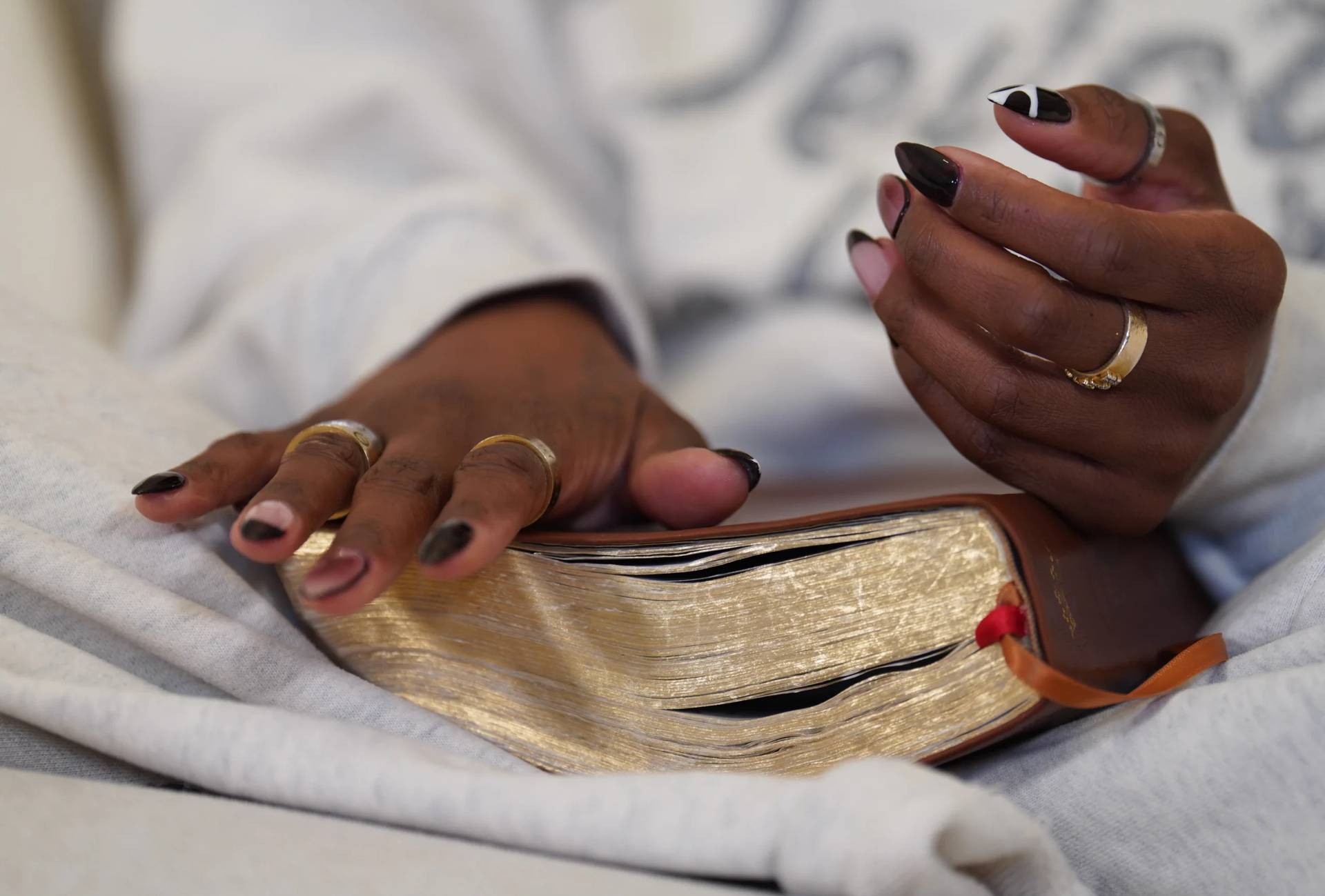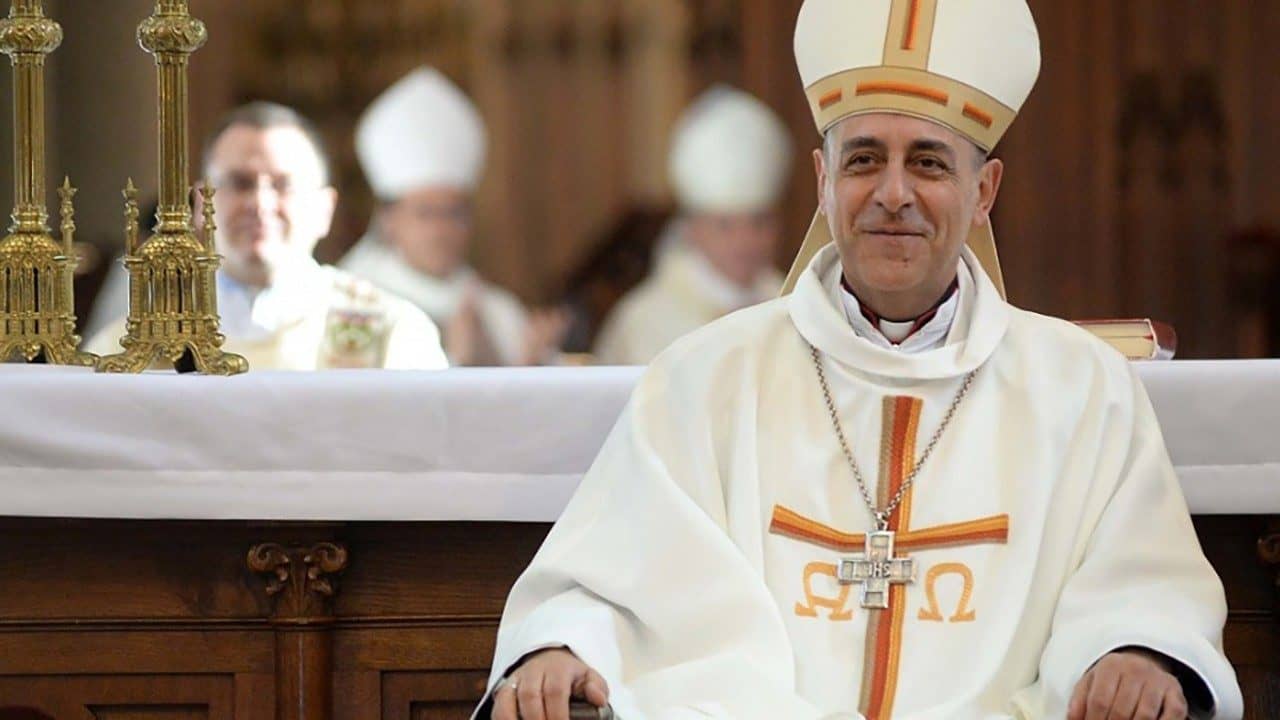ROME – There hasn’t been a dull moment in the Catholic Church since Pope Francis was elected in March 2013, but even by his activist and high-octane standards, 2018 was a turbulent year.
The past 12 months have been full of drama, both great highs – the joy of the World Meeting of Families in Dublin in August, for instance – and tremendous lows, above all the stupefying spectacle of a former papal ambassador in America publicly accusing the pope himself of a sex abuse cover-up.
Herewith, the official Crux list of the Top Ten Vatican Stories of 2018, ranked in terms of their relative significance for the life of the Church. This is an entirely subjective enterprise, and others doubtless will assess the major events of the past year differently, but however one puts the pieces together, it’s definitely been a year worth a look back.
Notably, four of these ten stories, including the top three, touch upon the clerical sexual abuse crisis. The abuse crisis dominated both headlines and the internal life of the Church in 2018, and there’s every reason to believe the same will be true over the next twelve months – especially given that 2019 will open with Pope Francis’s keenly anticipated Feb. 21-24 summit for presidents of bishops’ conferences on child protection.
As always, whatever happens in 2019, you’ll be able to read all about it on Crux.
- Papal trip to Geneva
Francis was only in Geneva for one day, June 20, but the visit still packed a considerable punch in terms of ecumenism, meaning the press for Christian unity. The primary motive for the trip was for the pontiff to visit the headquarters of the World Council of Churches, the world’s leading ecumenical umbrella group. Although the Catholic Church isn’t formally a member of the WCC, the Vatican cooperates with the group on a wide variety of fronts, and the pope’s presence was obviously a major seal of approval. As he always does, Francis rolled out his practical view of the ecumenical enterprise, focusing not on doctrinal controversy but on what the various churches can do together in the here-and-now in service to humanity. “For me, to be a peace church is the mandate of God,” Francis said. “I believe that all the churches that have this spirit of peace must come together and work together.”
- Pope blinks in Nigeria
On Feb. 19, Pope Francis accepted the resignation of Bishop Peter Okpaleke from the diocese of Ahiara in Nigeria. While that’s the sort of thing popes do on a daily basis, this resignation was remarkable in that Francis had previously vowed that Okpaleke wasn’t going anywhere and threatened priests who had opposed him, because he didn’t hail from the majority linguistic and cultural group in the diocese, with suspension for their disobedience. In the end, however, Francis yielded to reality and allowed the controversial bishop to step aside. He appointed an apostolic administrator, but he has yet to name a successor bishop. Ahiara, therefore, offered a striking lesson in the limits of papal power – time and the tides, in other words, stop for no one, not even a pontiff.
- World Meeting of Families
From a media point of view, the Aug. 21-26 World Meeting of Families was overshadowed by release of a bombshell letter from a former papal envoy accusing Pope Francis of covering up sexual misconduct allegations against ex-Cardinal Theodore McCarrick, and understandably so. The meeting also came in the immediate wake of a stinging defeat for the Catholic Church in Ireland’s abortion referendum, and against the backdrop of arguably the world’s most intense clerical sexual abuse crisis as well as decades of runaway secularization. Given all that, there was every reason to expect a flop, but instead turnout was strong and the general mood among participants was strikingly upbeat. The World Meeting, in other words, ended up being a testament to the resilience of the Church, despite the failures of those who happen to be in charge at any given moment.
- Synod
Granted, the Oct. 3-28 Synod of Bishops on youth, faith and vocational discernment didn’t produce any earthquakes akin to the last two synods on the family, which ended with Francis’s controversial decision to open communion to divorced and civilly remarried Catholics under certain circumstances. Still, the fact that in the midst of the political, polarized climate of the Church its leaders managed to actually come together and have a discussion that was actually positive and constructive in some ways is important, and further, the youth who took part were content because they actually felt listened to. Also, the synod was notable for what it didn’t produce: The gathering walked up to the brink of apologizing for the abuse crisis and reaffirming the Church’s commitment to zero tolerance, but then pulled back due to opposition from bishops from the developing world. That omission highlights the importance of the February summit called for by Pope Francis.
- Irish abortion referendum
On May 25, Irish voters by a wide margin, 66 percent to 34 percent, approved a referendum effectively legalizing abortion. The result came despite strong opposition from the Catholic Church, and it was widely taken as a sign of the Church’s weakening hold on what was once an almost homogenously Catholic nation. Interestingly, the Vatican and Pope Francis largely stayed out of the Irish argument, which could be read as deference to the local church, but which could also be seen as a strategic decision to avoid picking fights the Church seems destined to lose. In any event, the Irish outcome beckoned an examination of conscience for the pro-life movement worldwide, pondering whether legislative and political debates over abortion ought to yield pride of place for the moment to efforts to shape culture and to win hearts and minds.
- Hospital loan controversy
In February, donors to the largely American “Papal Foundation,” an organization devoted to supporting papal charities worldwide and whose entire stock in trade is generally loyalty to the pontiff, took the rare step of balking at a papal request – in this case, a $25 million loan to help cover a deficit at a Roman hospital called the Immaculate Institute for Dermatology. In part, the debate was over whether due diligence was done in proposing the loan, and whether the $25 million amount would actually make much difference in terms of filling the financial black hole that the hospital has become. In part, too, it was about the politics of the Pope Francis era, since the members of the Papal Foundation tend to be Church conservatives while the major proponent of the loan was Cardinal Donald Wuerl, then of Washington, D.C., and a man seen as a major Francis loyalist. As the controversy dragged on, it seemed to become a metaphor for broader tensions in the Church over both financial transparency and also the progressive vision for Catholicism outlined by Francis.
- German intercommunion debate
In February, the German bishops’ conference voted by a large majority at their spring conference to produce a set of pastoral guidelines allowing a Protestant spouse of a Catholic to receive the Eucharist at Mass in some cases. Seven German bishops then wrote to the Vatican protesting the decision, arguing that it involved a matter of doctrine and universal discipline that shouldn’t be settled by a single national conference. A delegation of German bishops had a meeting in April in Rome with the Vatican’s Congregation for the Doctrine of the Faith, at which time they were informed that Pope Francis wanted them to come to a unanimous decision. Eventually, the Permanent Council of the bishops’ conference published the controversial guidelines, styling them as non-official and no more than an aid to diocesan bishops. Many observers took the outcome as a signal that Francis basically approved of the decision of the majority, but he wanted to respect the concerns of the minority as well.
- Papal visit to Chile
When Pope Francis traveled to Chile in mid-January, that country’s massive sexual abuse crisis was just beginning to crest. The focal point then was Bishop Juan Barros, appointed by Francis to the small rural diocese of Osorno and accused by abuse survivors of covering up for Fernando Karadima, the country’s most notorious pedophile priest. By most standards, Francis stumbled badly during the trip, even accusing survivors of “calumny” for pressing their complaints against Barros. Yet afterwards the pope changed course, sending investigators to Chile, apologizing for being misinformed, and eventually convening a summit in which every Chilean bishop submitted his resignation. Collectively, the Chile experience seemed a snapshot of a pope whose approach to the abuse crisis remains a work in progress.
- The McCarrick affair
In June, Cardinal Theodore McCarrick, the former archbishop of both Newark and Washington, D.C. was removed from ministry after a review board in the Archdiocese of New York found an accusation that he had sexually abused a 16-year-old altar boy while serving as a priest to be credible. That triggered a chain of events that led to McCarrick resigning from the College of Cardinals, an exceedingly rare step that hadn’t occurred since the early 20th century. He became the first cardinal anywhere in the world to lose his membership in the Church’s most exclusive club due to the sexual abuse crisis. Questions immediately arose about how McCarrick was able to climb the ladder of ecclesiastical power despite persistent rumors of sexual misconduct dating back at least to the 1990s, and as of this writing, it remains unclear how those questions may be answered. Pope Francis refused a request by the American bishops for an Apostolic Visitation, meaning a Vatican investigation, choosing instead to ask Italian Cardinal Pietro Parolin, the Vatican’s Secretary of State, to collect all the McCarrick documentation in the Vatican’s possession to establish who knew what when. The Vatican pledged that information would be rendered public “in due course” and warned that it might sully the reputations of some churchmen, but to date there’s been no disclosure of the results of Parolin’s review.
- The Viganò accusation
On August 25, Archbishop Carlo Maria Viganò, who served as the papal ambassador in Washington, D.C. from 2001 to 2006, released a document in which he asserted that he had informed Pope Francis of sexual misconduct concerns against McCarrick in 2013 but the pontiff failed to act. Viganò went on to suggest that for that failure, Francis ought to resign. The document also contained allegations against no fewer than 32 senior churchmen, in many cases having to do with a supposed homosexual underworld in the Vatican and the broader Church. Pope Francis refused to answer the charges directly, inviting reporters to look into it for themselves, and to date neither he nor any official Vatican spokesman has engaged the substance of Viganò’s accusation. As a result, reaction to Viganò has become something of a Rorschach test for one’s wider view of the Church under Francis: Critics of the pope are inclined to take the charges at face value, fans to dismiss them as a political hatchet job. Viganò himself has largely gone into hiding, though some observers believe he may be preparing other bombshell allegations for 2019.









